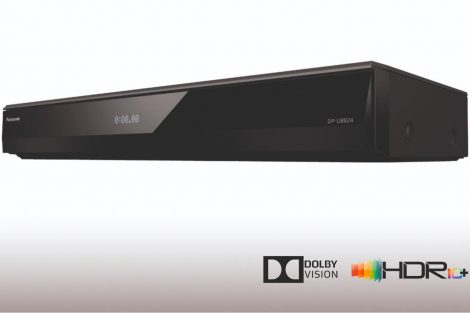
Recently in the home cinema I have been getting a lot of questions about the optimal connection of a home cinema system. Two weeks ago I already discussed extensively how you can best connect your home cinema system, but there are two cables (connection options) that I would like to discuss in more detail; What is the difference between optical (Toslink) and coaxial digital?
If your receiver does not have HDMI ports or if you only want to send audio to a receiver, you will soon find yourself digitally connecting a source using an optical cable or a digital coaxial cable . But, what is the difference between the two cables and what is the best way to connect a source with as little loss of quality as possible?
What is the difference between optical (Toslink) and coaxial digital?
Digital coaxial
A digital coaxial connection is a connection through a digital coaxial cable that looks like a normal tulip cable. This cable can send digital audio signals, including Dolby Digital and DTS, from any source with a digital coaxial output to the receiver. Sending this signal is done by means of an electrical signal.

Optical (Toslink)
An optical connection is a connection through an optical cable, also called a Toslink cable. This cable can send digital audio signals, including Dolby Digital and DTS, via a digital audio stream from a source to the receiver. The cables use a red light (beam) that is sent by a fiber optic cable. The connection itself is a special case. This is a square-like coupling that must be pushed very precisely into the relevant input.

Cables and connector
There are a few important differences between an optical and a digital coaxial cable. In addition to the fact that the data transfer takes place electrically or via fiber optic, the connector and the cable itself is an important difference. Optical cables are more fragile and therefore more vulnerable when you step on them or when they are placed at a sharp angle. The connector of an optical cable is also more difficult to connect due to the separate design. So if you have to maneuver a lot or lay the cables around some corners, a digital coaxial cable is the best choice.
Optical (Toslink) and coaxial digital- Which offers the best sound quality?
That is of course the question I want to answer in this article, but actually the answer is not that simple. There will probably be audiophiles who disagree with this, but to the average user there is absolutely no discernible difference in audio quality between an optical and a coaxial digital cable. Both cables send the data digitally from the source to the receiver so there is no reason to expect a difference in quality. However, there is a difference in the bandwidth and the way the digital signals are transported and according to some audiophiles this could cause minimal differences in the audio reproduction. I myself am not convinced of this difference, but if in doubt it is advisable to try both cables and judge for yourself.
It must be said that in some cases a Toslink cable is the better choice. If you want to send audio over longer distances (more than about 4 meters) and therefore need longer cables, optical cables retain a slightly more stable signal. Again, it is questionable whether you hear the difference, but this difference is clearer according to the audio experts.
Of course, the above depends on the possibilities that your receiver or source offers. If no optical audio output is available, you are automatically required to use the coaxial output.



Add Comment